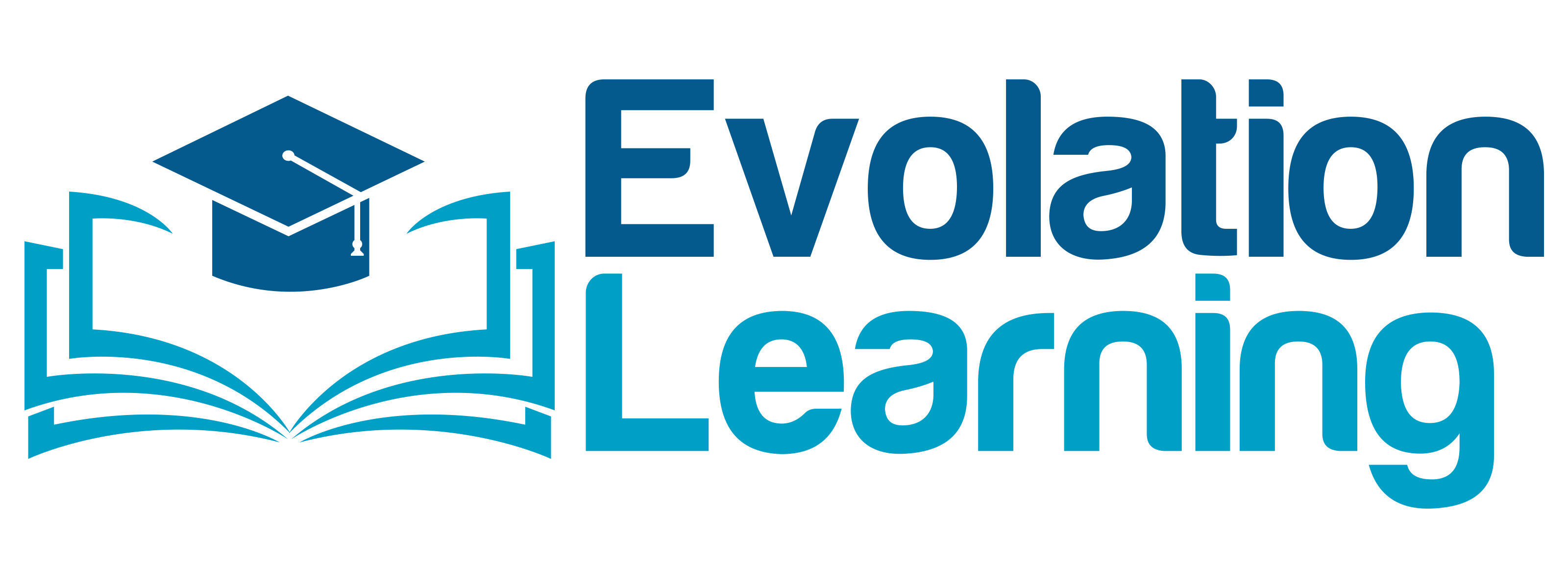BSBPEF502 – Develop and use Emotional Intelligence with Learner Guide
This unit describes the skills and knowledge required to develop and use emotional intelligence to increase self-awareness, self-management, social awareness and relationship management in the workplace.
The unit applies to individuals who are required to identify, analyse, synthesise and act on information from a range of sources and who deal with unpredictable problems as part of their job role. These individuals may be responsible for leading a team or work area.
No licensing, legislative or certification requirements apply to this unit at the time of publication.
A complete copy of the above unit of competency can be downloaded from the TGA website:
https://training.gov.au/Training/Details/BSBPEF502
This Learner Guide Covers
Develop and use emotional intelligence
- Prepare to develop emotional intelligence
- Develop emotional intelligence
- Promote development of emotional intelligence in others
